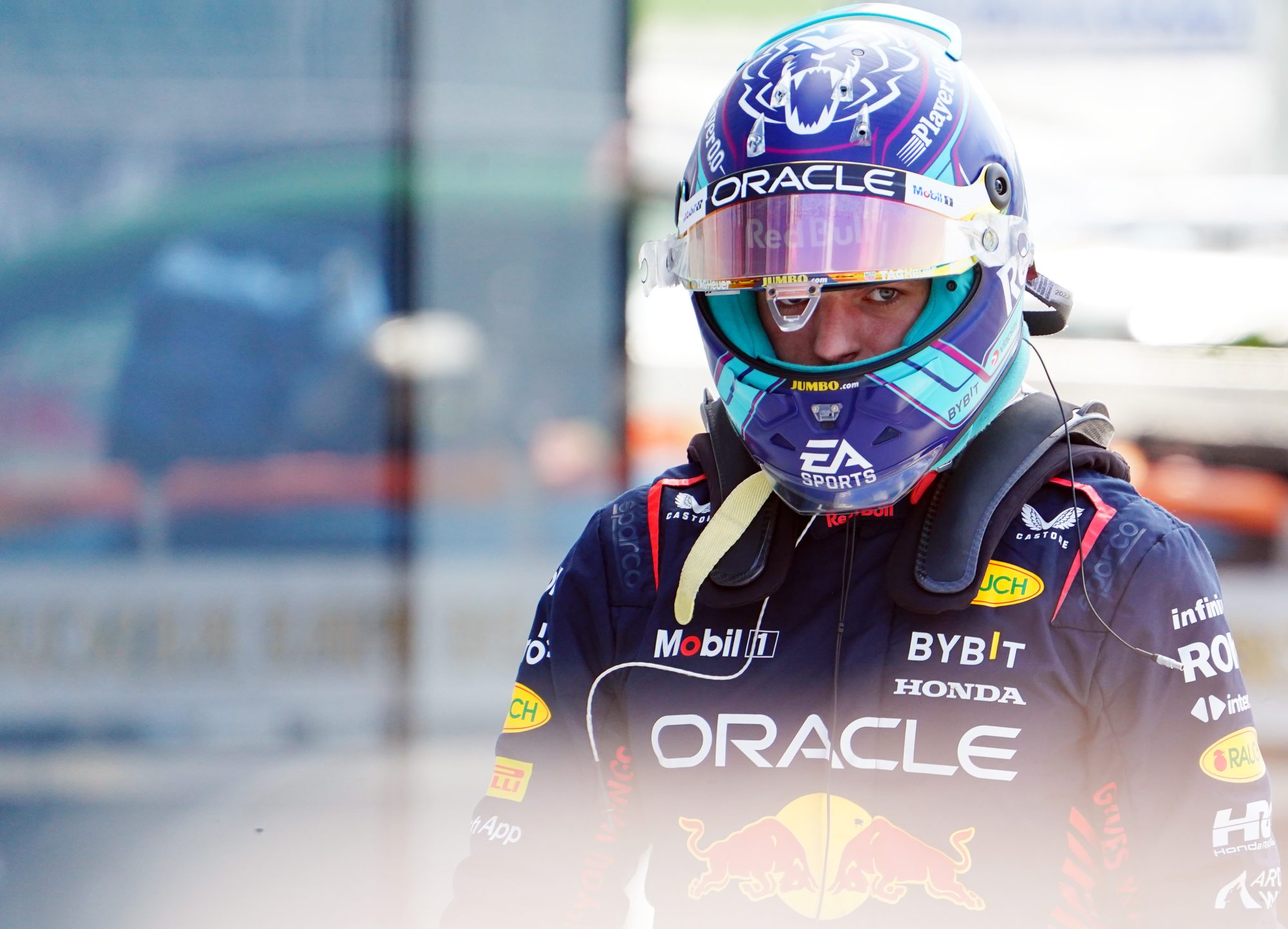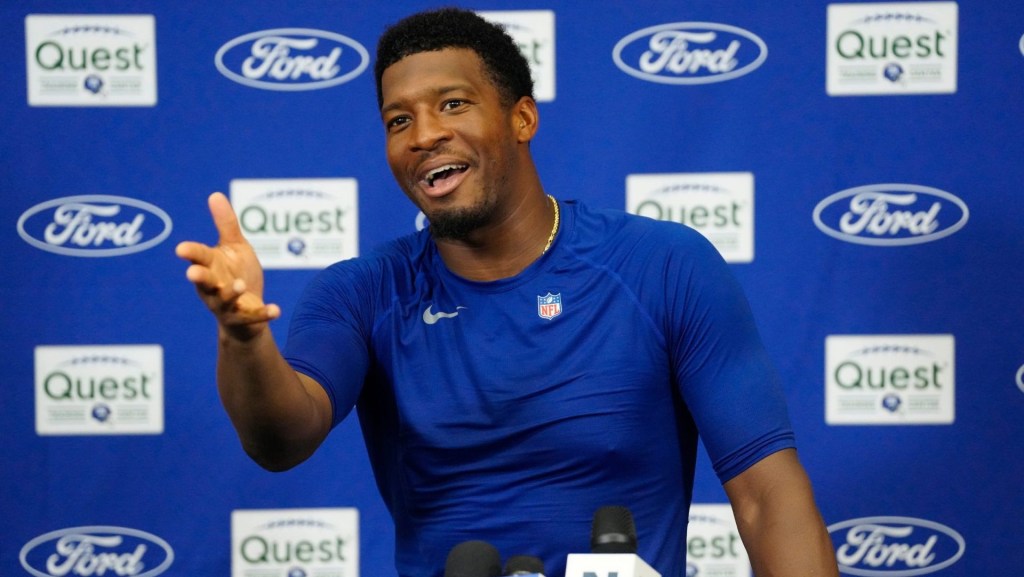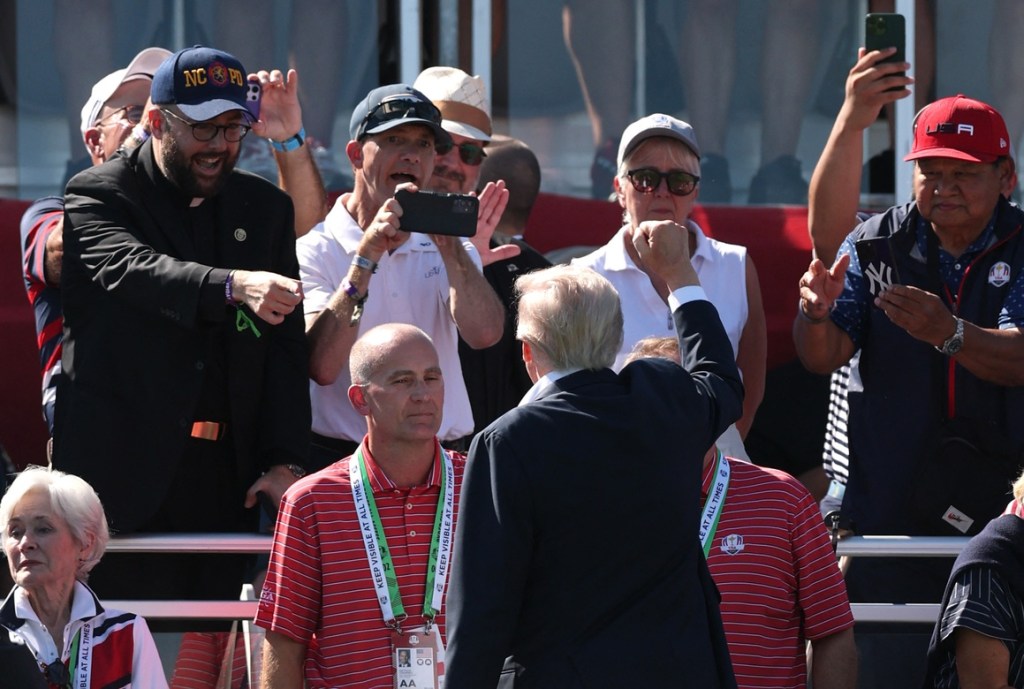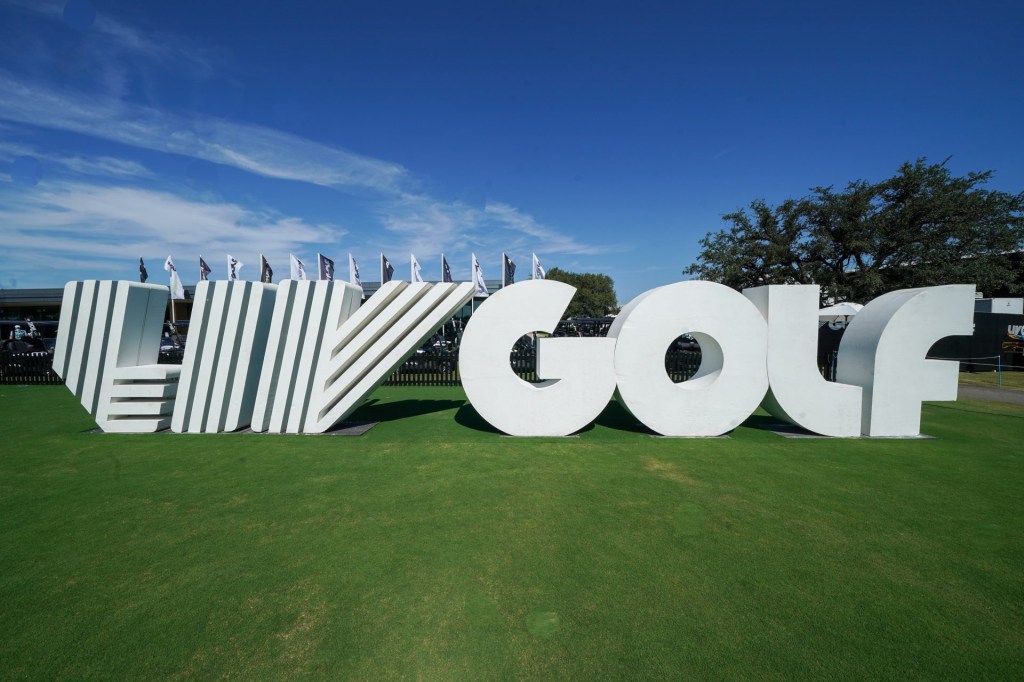Formula One has enjoyed unprecedented growth in the United States over the past five years thanks in large part to the immense popularity of the Netflix series Drive to Survive. But the historic gains in the key international market appear, at least in the short term, to be threatened by the dominance of Red Bull driver Max Verstappen.
Ahead of Sunday’s Miami Grand Prix, the first race of the North American swing, there is consternation within the sport that Verstappen’s stranglehold on the competition could jeopardize F1’s hard-fought expansion of its U.S. fan base.
The Dutchman has secured the drivers’ title for the past three years, including winning 19 of the 22 races last year to wrap up the championship—with six grands prix to spare. Even at this early stage in the 2024 season, it would be a major surprise if he does not win another title: Verstappen just became the first driver since Mika Häkkinen in 1999 to start a campaign with five successive pole positions, and Verstappen has already won four of those races.
“We are seeing more dominance than ever, so it is never going to be the best to watch, and the only exciting races have been the ones that Max is not in,” McLaren driver Lando Norris bluntly said last month. When asked whether Verstappen’s run is proving a turnoff for fans, Norris replied: “Of course it is going to be. There is no way you can say it won’t be.”
Front Office Sports spoke to a number of key figures within F1 to discuss what impact Verstappen’s dominance is having on the quest to keep new American fans engaged.
The U.S. has long been seen as a vital growth market for F1’s owners, Liberty Media. The introduction of new races in Miami and Las Vegas has largely been a success, with massive viewership increases on ESPN and accompanying heightened cultural relevance with A-listers such as Michael Jordan, Tom Brady, and LeBron James attending races.
But there have been signs that the global series has hit some speed bumps in the States.
Last year, ESPN enjoyed its second-most-watched F1 season on U.S. television, generating an average of 1.11 million viewers across ESPN, ESPN2, and ABC—but that marked an 8% drop from the 2022 average of 1.21 million on the same Disney-owned channels.
Meanwhile, F1 suffered a dramatic decline in social media mentions and growth last year, according to the London-based social intelligence group Buzz Radar. Per a report titled Have We Reached Peak F1 Popularity? mentions of F1 were down 70.2% in the first five months of 2023 compared to the same period in ’22, with new followers down 46.29% and social reach down 64.10%.
Despite the recent stagnation in TV ratings on ESPN, Formula 1 is quick to point out it had 28% growth on its official US-specific social media channels in 2023. Last year, the competition had over 100 million unique visitors on the official F1 website and app, viewing over 3.1 billion pages, representing a 10% increase from 2022.
Meanwhile, consumption of race highlights video content also grew by 35% last year in the States. The U.S. market also makes up Formula 1’s largest audience on YouTube and TikTok worldwide.
At this early stage of the 2024 season, viewership on ESPN in the U.S. is trending slightly downward from last year: According to figures provided by ESPN, the network’s telecasts through five races are averaging 728,000 viewers, down from 1.1 million average viewers for the full ’23 season.
The season-opening race in Bahrain dipped from 1.3 million viewers in 2023 to 1.12 million viewers, while the Saudi Arabian GP average audience dropped from 1.52 million to 920,000, and the Australian GP suffered a slight decline from 556,000 to 541,000 viewers. (On a positive note, Japanese GP viewership rose from 478,000 to 484,000, while the Chinese GP recorded 626,000 viewers, representing a huge spike from the 268,000 average audience the last time the race was held, in 2019.)
“This year, we had a little bit of a challenge coming out of the gate with a few overnight races right at the start of the season,” Tim Bunnell, a senior vice president of programming at ESPN, tells FOS.
“The first two races of the season were on a Saturday, which is unusual, for reasons which were beyond our control. But we’re starting to see that turn. We actually had a very good performance at the Chinese GP. We were up 140% over the previous year [it was held].”
It is difficult to quantify exactly how much of a role Verstappen’s dominance has played in the slight downswing in ESPN viewership, but it has been a factor in keeping viewers engaged.
“What we’re seeing with our ratings is that people are still tuning in, but they’re not staying as long because Max may have the race sewn up halfway through,” Bunnell says.
“But I think this level of excellence is a story in itself. People can get beyond the need for a competitive circuit when they are seeing greatness like this. We’d love it to be more competitive, but that’s not something that’s in our control.”
Despite a recent stagnation in TV ratings on ESPN, Formula 1 is quick to point out it had 28% growth on its official US-specific social media channels in 2023. Last year, the competition had over 100 million unique visitors on the official F1 website and app, viewing over 3.1 billion pages, representing a 10% increase from 2022.
Meanwhile, consumption of race highlights video content also grew by 35% last year in the States. The U.S. market also makes up Formula 1’s largest audience on YouTube and TikTok worldwide.

Last year, the Miami GP drew 1.96 million viewers, which was down 24% from the 2.58 million for the inaugural race, in 2022.
Bunnell describes that dip as a “sophomore slump” and is bullish about a rise in viewership this year. “We’re expecting to be up. The first Miami race was so new and novel and hyped that we expected a good performance, and we got it,” he says. “And this year, the race has become more of a fixture on the calendar, and we’re going to be doing a lot at the race.”
For instance, to help bolster ESPN’s presence at the Miami GP circuit on the grounds of the Hard Rock Stadium in Miami Gardens, SportsCenter anchors Elle Duncan and Gary Striewski are presenting shows live from the paddock to generate momentum in the buildup to the race.
Bunnell is also confident that F1 viewership will steadily increase over the season, as more high-profile races in favorable time zones are staged.
“We’ve got a big slate of races coming up with Miami, Italy, and Monaco, and then we’ll be able to put some juice back in after these three races,” he says.
Verstappen is not the first F1 driver with an extended period of dominance. Michael Schumacher won five consecutive titles from 2000 through ’04 for Ferrari, while Mercedes’s Lewis Hamilton won six titles in seven years between ’14 and ’20.
The difference is that the Verstappen era is occurring at the very moment when American interest in the sport has exploded.
After F1 rapidly entered the mainstream in the States—in 2018, ESPN drew an average of only 554,000 viewers for races—it was perhaps inevitable that its popularity would plateau. But the lack of structural parity within the sport represents a more meaningful risk to America’s embrace, with Red Bull’s dominance showing no signs of ending soon.
“I think there was so much growth in such a short amount of time, it was natural that it was going to level off a bit,” Miami GP managing partner Tom Garfinkel tells FOS. “American fans do enjoy competitive parity, as has proven out in the NFL and other sports. I think some of Max’s dominance might, amongst many other factors, have something to do with some of that slowing down.
“But I think it’s a little bit more of the function of: It was exploding so fast that it’s natural that it was going to slow down a bit.”
This is a sentiment shared by Guenther Steiner, the former Haas team president and a Miami GP ambassador.
“Everyone asks me, ‘When is the [Verstappen] domination over?’” Steiner says. “These things can happen in F1, and they have happened before. But we need to give people what they want in these current times, not what was popular 20 years ago or 30 years ago. Who cares about that?”
Steiner believes it would be wrong for F1 to artificially hold back Verstappen.
“We cannot prohibit somebody to win because he is the best. He’s in the best car, but he’s the best driver as well,” he adds. “At some stage, the domination of Max will stop. … Hopefully people understand that and stick [with] it. I think the domination will come to an end sooner rather than later.”
Steiner believes a fourth race in the U.S. could potentially be introduced in the coming years, either in Chicago or in the Northeast.
But he thinks the real game-changer for U.S. interest would be an American who is competing for the drivers’ title.
“Where would be the limit of the U.S. getting involved in F1? There would be no limit,” he says. “Look at what it has done in the Netherlands, with Max winning. The Netherlands watched F1 before, but now it’s a cult. I think something similar would happen in the States if an American driver would be winning or competing for wins here. But I think we’re a little bit away from that.”
In the meantime, there remains widespread confidence that Formula One will overcome any short-term setbacks and continue to grow in the U.S. in the long term.
“There is still a lot of interest, people are still excited about the [Miami] race,” Garfinkel says. “People who have come to the first two races for the most part want to come back, and we’ve got new people wanting to come to experience the race. So from that standpoint, interest remains high.
“People in America are falling in love with Formula One and that will definitely continue. I’m very bullish about that continuing.”


















